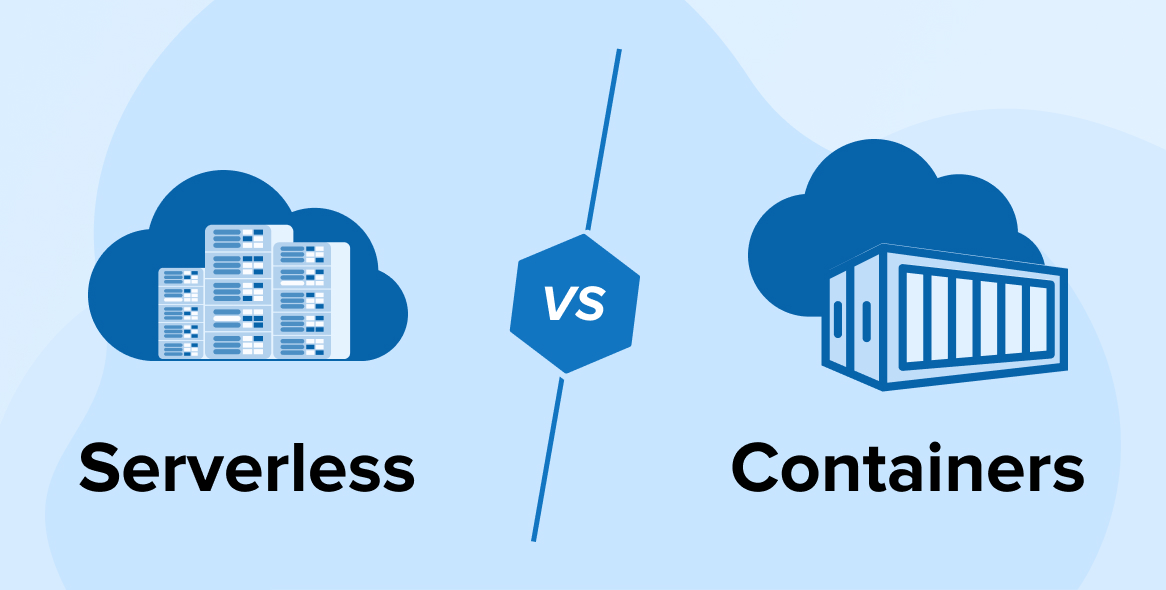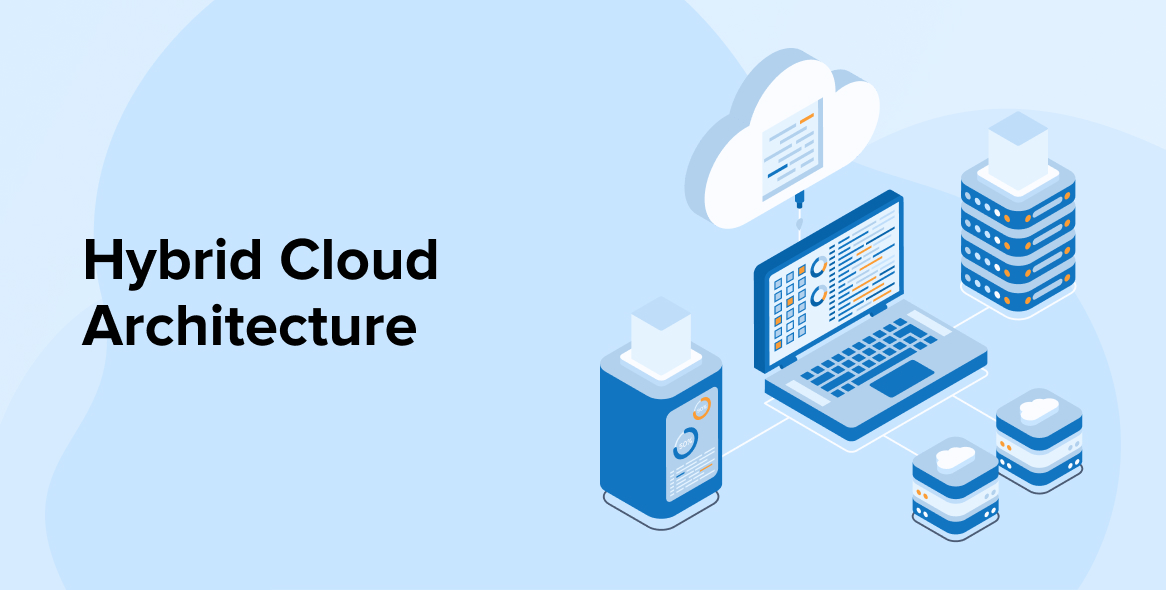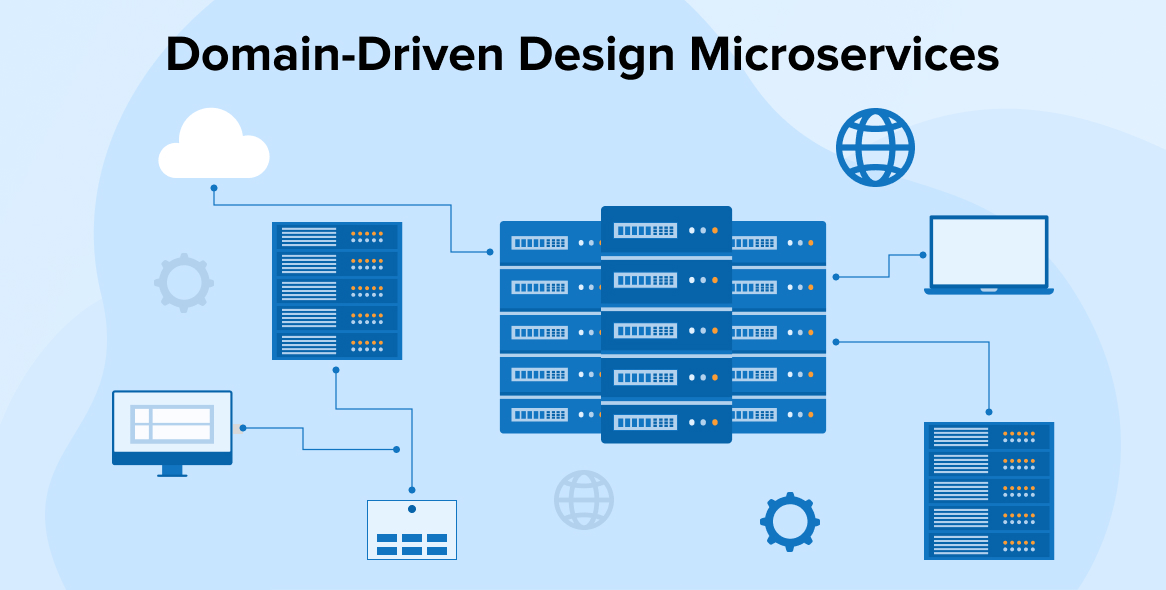
In the software engineering world, microservices architecture is a well-known development architecture used for developing software applications. It is an approach that offers scalability, agility, and resilience to the application. With the help of this service-oriented software architecture, software engineers can develop large applications by separating them into smaller parts that have their own set of responsibilities. In this blog post, we will understand what microservices architecture is as well as will go through some of the major benefits of a microservices architecture that makes custom software development companies choose this approach for their project.
1. What are Microservices?
Microservices known as the microservice architecture is an approach that enables software development companies to carry out software development processes. It involves software development tasks like dividing a monolithic application into smaller parts and each of them running its own processes and communicating with other services like XMPP or HTTP. Software development companies can create and deploy these services independently of each other. By doing so, maintaining and managing all these services becomes easier. Besides this, as these services are independent they can be written using different programming languages.
Basically, microservices come with their own data models, enabling them to manage their databases by themselves. This means developers can develop microservices using any programming language such as Node.js , Java, and Go without worrying about handling the database. In addition to this, programmers can use microservices for different services like scaling an application or creating new features of any application. Microservices architecture is beneficial when it comes to creating modular applications

2. Benefits of Adopting a Microservices Architecture
Here are some of the major advantages of a microservices architecture –
Benefits of microservices:
— Java Guides (@GuidesJava) September 6, 2022
– They can be quickly designed, deployed, and horizontally scaled.
– Each domain can be independently maintained by a dedicated team.
– Business requirements can be customized in each domain and better supported, as a result.
2.1 Enhanced Scalability
One of the most essential things that microservices architecture offers is scalability. It offers unparalleled scalability and the capacity to grow. With the help of microservices, independent services that are individually dependent on the processing and load power requirements without inflating the scalability cost or affecting other services, can be easily scaled. Besides this, it becomes easier for the developers to add new features and services to the modular system in a cost-effective manner.
2.2 Enhanced Fault Isolation
When the developers work with a monolithic architecture, if they face failure in one element, it will collapse all architectural components. But with a microservices architecture, this is not the case. Here, if one service fails, the chances of all the other services failing are near zero as all the microservices run independently. Even though the chances of the application failing are next to zero, business organizations must be careful as a huge amount of traffic on the application can get overwhelming.
Basically, working with microservice, a service-oriented architecture enables the developers to deploy features that prevent failures. To create a fault-tolerant microservice, there are various developer tools like GitLab available in the market that can help in improving the resilience of the infrastructure.
3️⃣ Better fault isolation
— Rapid (@Rapid_API) April 13, 2023
Microservices also offer better fault isolation. If one service fails or experiences issues, it won't necessarily bring down the entire application.
This makes it easier to identify and fix issues quickly.
2.3 Language and Technology Independent
When it comes to developing microservice based applications, the developers get to choose the best language suited for their projects from the various programming languages available in the market. The reason behind it is that microservices architecture is language agnostic and it also enables the developer to utilize their existing skill sets in order to maximum advantage. This means that there is no need for the developer to learn a new language.
Besides this, with the use of cloud-based microservices, developers have another advantage. Users can access the entire application from any internet-connected device, irrespective of its platform.
2.4 Enhanced Data Security and Regulatory Compliance
Another major benefit of microservice architecture is that it allows all businesses to take a more suitable approach to data security. In microservices, individual services of the entire system are responsible for a specific task, this means that implementing security measures at the service level can be easier for the development team. This concept of data security is more secure than storing all data in one monolithic database that can be accessed by the entire application.
Besides this, compliance is a concept that comes with a set of regulations that are necessary for having a successful business. There are regulations like HIPAA and GDPR that place strict requirements on how any business organization can manage its personal data. To implement any such regulations and audit the application’s data processing activities, microservices can be used. While using microservices for the applications, the developers can utilize APIs that are secure to connect multiple services. When an API is secure, it can ensure the protection of the business data being processed, restricting access to only authorized users and servers.
This means that, if any organization is using microservices to manage sensitive data like finances or health, having a secure API enables the developers to control the data accessibility. This concept enables organizations to achieve compliances like GDPR, HIPAA, or others used for data security.
2.5 Accelerating Time-to-Market
When any business organization decides to use microservices and implements them into its business logic & processes, it enables them to have faster application development and upgrades. This means that the developers creating microservices-based applications for the businesses can offer quick development services which also helps them to create apps with less risk of coding conflicts. This is because of the independent nature of the microservices. For instance, now the development teams don’t have to worry about the coding conflicts between two features or have to wait for slower-moving projects.
Microservices, a distributed system supports CI/CD/CD (Continuous Integration, Continuous Delivery, Continuous Deployment) development philosophy which means that it comes with the capability to offer a quick deployment approach by continuously updating the product over time. Developing the product with fully-secured features ahead of time allows the business organization to market its product faster than competitors.
2.6 Independent Deployment
Microservices architecture is independent in nature which means that it is independently deployable. This feature of microservices enables organizations to get more control on their apps and increased control can be very important for companies that need to quickly respond to market changes. In addition to this, microservices enable companies to avoid a monolithic approach that can be unmanageable.
🔹 Each microservice can be deployed separately which results in faster application development.
— Rapid (@Rapid_API) April 1, 2022
3. Conclusion
As seen in this blog, microservices architecture comes with various benefits over traditional SOA and monolithic architectures. Microservices advantages include choosing your own tech stack, easy coding facility, faster performance, scalability, and more. With all these benefits, microservices architecture enables software developers to create small, independent services for a solution. Updating and scaling these services individually results in a flexible application architecture. This shows that microservices architecture is a very beneficial approach to creating software systems.






If you are planning to implement microservices architecture in your development process then must read this article. Article gives detailed reasons why we should adopt microservices architecture.
This article gives a comprehensive and insightful understanding of microservices architecture. The comparison to traditional architectures and the highlighting of microservices' advantages over them can add depth to the article.